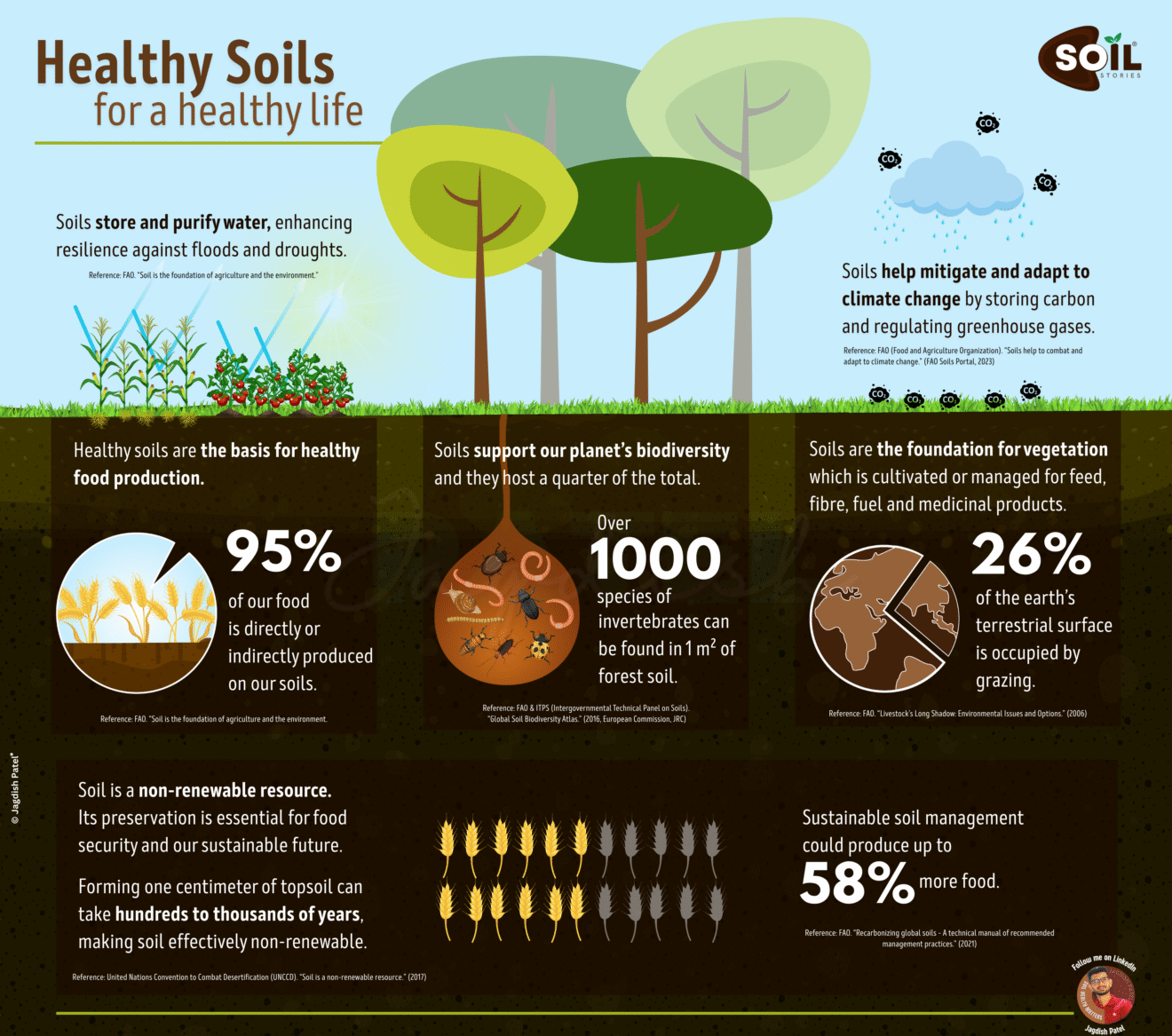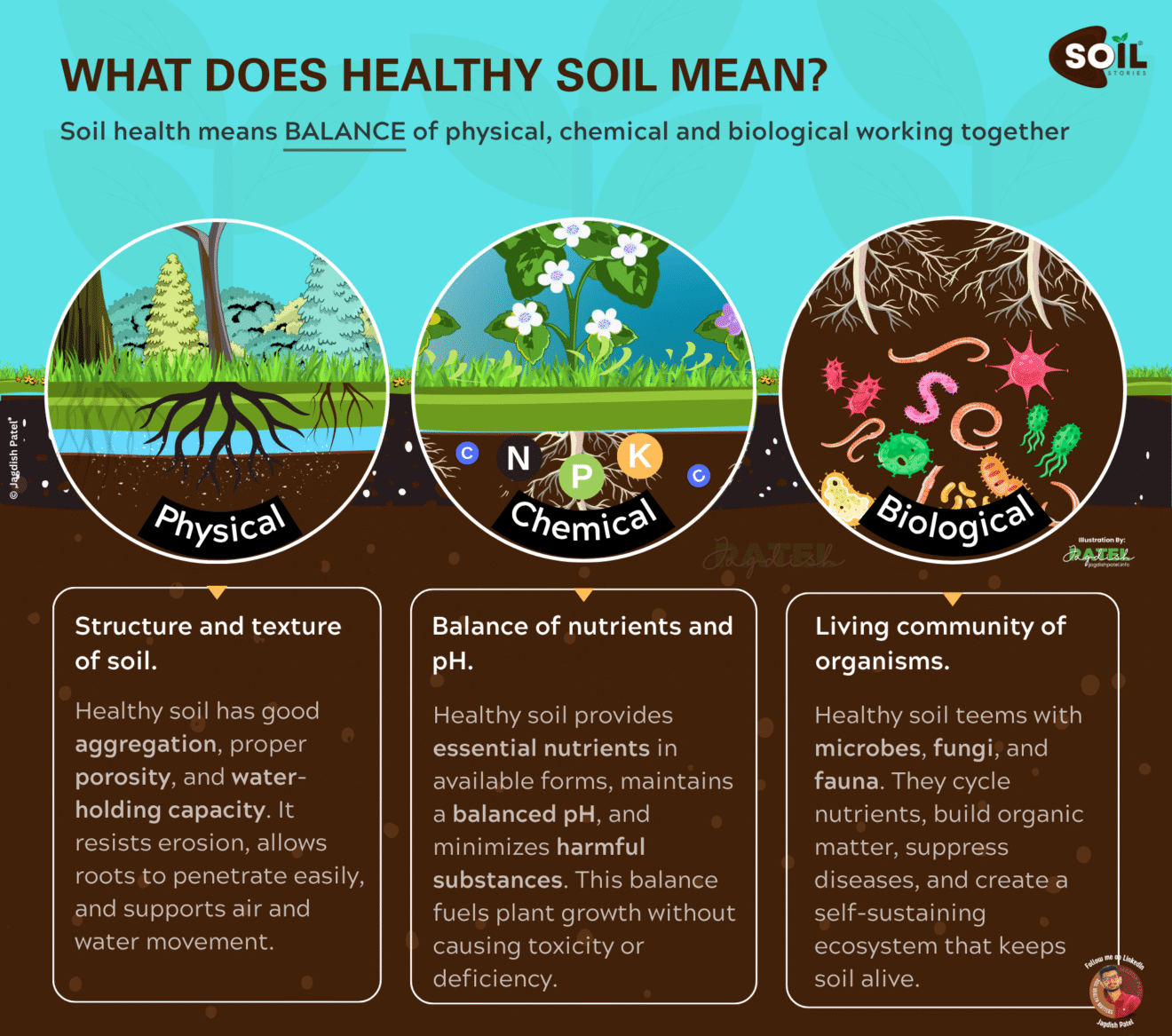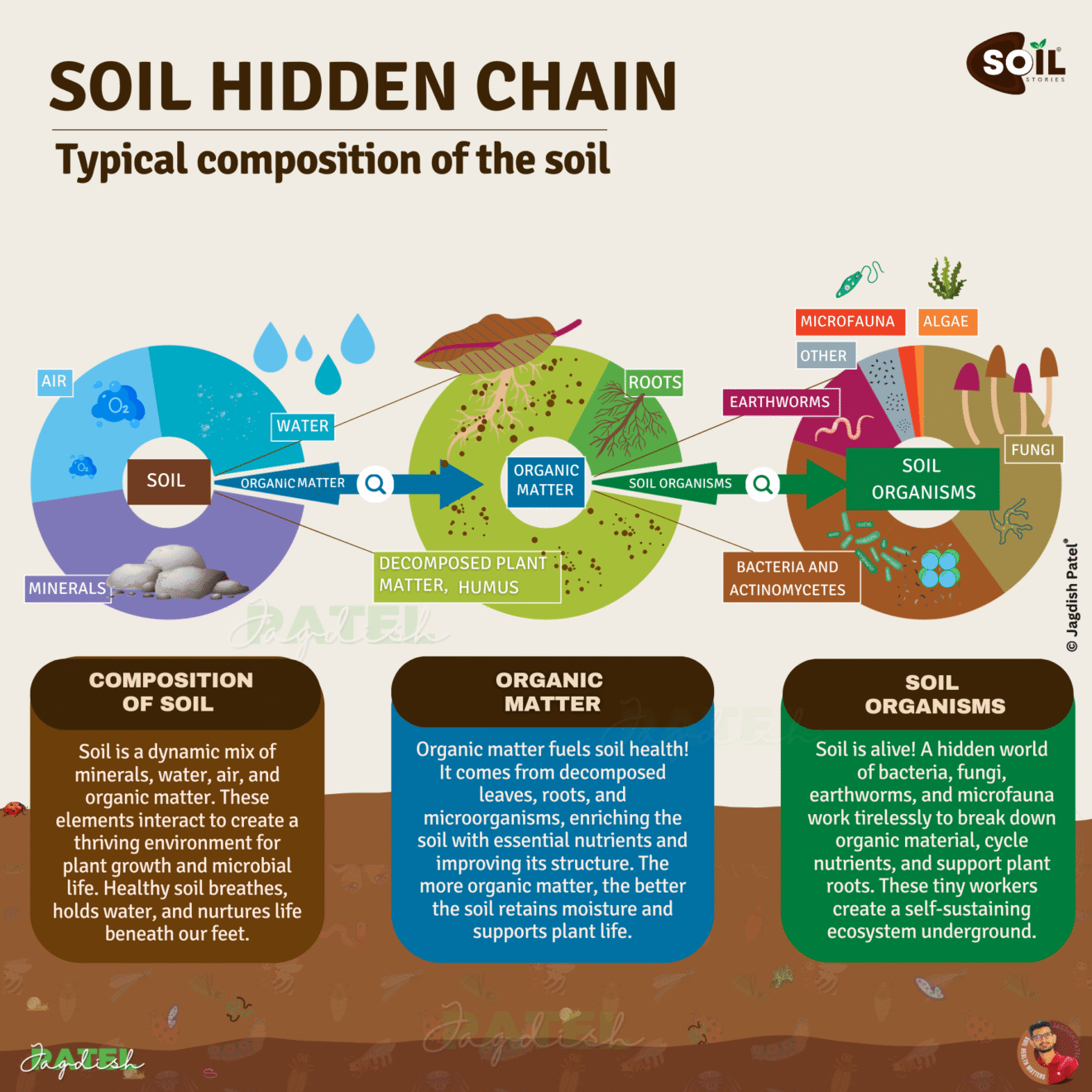Introduction: The Power Beneath Our Feet
In the race to build sustainable farming systems, we often look to innovation in machinery, inputs, and digital technologies. But some of the most transformative solutions are already present in the soil, alive and working silently. One such unsung hero is Trichoderma, a genus of fungi widely found in decaying wood, compost, and organic matter-rich soils.
Once studied primarily for its ability to outcompete plant pathogens, Trichoderma is now recognized as a multifunctional organism with applications across agriculture, environmental remediation, and industrial biotechnology. Backed by decades of research, here’s how this green ally is shaping the future of wise agriculture.

🔬 1. Trichoderma as a Natural Biocontrol Agent
Trichoderma spp. are among the most effective biological control agents in modern agriculture. Their mycoparasitic ability allows them to attack and suppress harmful fungal pathogens such as Fusarium, Sclerotinia, and Pythium.
Through the secretion of chitinases, glucanases, and secondary metabolites, Trichoderma disrupts the cell walls of pathogenic fungi. Unlike synthetic fungicides, it does so without leaving toxic residues or harming beneficial microbes.
Research Insight:
Harman et al. (2004) demonstrated that Trichoderma spp. reduce the severity of common soil-borne diseases by over 60%, offering a promising alternative to chemical fungicides.
🌿 2. A Catalyst for Plant Growth and Root Development
Beyond disease control, Trichoderma establishes symbiotic relationships with plant roots, enhancing nutrient uptake, stimulating hormone production, and improving root architecture. It promotes the synthesis of auxins, gibberellins, and cytokinins, leading to stronger, more resilient crops.
Additionally, Trichoderma primes systemic resistance, enabling plants to better defend against both biotic and abiotic stress.
Research Insight:
Shoresh et al. (2010) found that T. harzianum inoculation increases phosphorus solubilization and upregulates defense-related genes, making it a powerful biofertilizer and biostimulant.
♻️ 3. Biodegradation and Environmental Remediation
As a decomposer, Trichoderma plays a vital role in nutrient cycling and waste breakdown. It produces a suite of extracellular enzymes like cellulases, xylanases, and laccases, which degrade complex organic substrates into bioavailable nutrients.
Its ability to break down lignocellulosic biomass also makes it suitable for composting, land reclamation, and industrial waste treatment, particularly in the degradation of pesticides and hydrocarbons.
Research Insight:
Singh et al. (2012) highlight Trichoderma’s effectiveness in removing soil contaminants and facilitating bioremediation through enzymatic degradation of persistent pollutants.
🧪 4. Enzyme Production for Industry
Among all fungal genera, Trichoderma reesei is a biotech superstar in enzyme production. It is widely used in the manufacturing of cellulases, lipases, proteases, and amylases, essential for the food, textile, paper, and biofuel industries.
These enzymes not only support eco-friendly industrial processing but also reduce reliance on petroleum-based chemicals.
Research Insight:
According to Bischof et al. (2016), T. reesei is responsible for over 50% of the global industrial cellulase market due to its genetic consistency and enzyme efficiency.
🧬 5. A Model Organism for Genetic and Molecular Studies
Due to its fast growth rate, well-characterized genome, and easy cultivation, Trichoderma has emerged as a valuable model for genetic engineering. Researchers are using it to develop next-generation biofertilizers, biopesticides, and customized microbial solutions.
Advancements like CRISPR-Cas9 editing are being applied to enhance traits like stress tolerance, enzyme yield, and shelf life in commercial Trichoderma strains.
Research Insight:
Kubicek et al. (2019) discuss the use of Trichoderma in synthetic biology as a platform organism for producing recombinant proteins and soil health-enhancing traits.
🚨 Call to Action: Time to Rethink Soil Management
The future of agriculture is not just about feeding plants. It’s about restoring and regenerating the living system that sustains them—our soil. Trichoderma is a clear example of how biology can outperform chemistry, offering multi-layered benefits without ecological trade-offs.
If you’re still relying solely on chemical inputs, it’s time to ask:
What’s living in your soil, and is it working for you or against you?
✅ Whether you’re a farmer, agronomist, policymaker, or ag-tech entrepreneur, integrating Trichoderma into your practice is a step toward resilient, profitable, and sustainable farming.
To learn more about how microbes like Trichoderma interact with plant roots to build resilient soil ecosystems, explore my detailed article on Plant-Soil Synergy and Its Role in Soil Health. This post dives into the complex relationships between roots, microbes, and soil processes that drive productivity and sustainability from the ground up.
📚 Research References
- Harman, G. E., Howell, C. R., Viterbo, A., Chet, I., & Lorito, M. (2004). Trichoderma species—opportunistic, avirulent plant symbionts. Nature Reviews Microbiology, 2(1), 43–56.
- https://pubmed.ncbi.nlm.nih.gov/20192757/Shoresh, M., Harman, G. E., & Mastouri, F. (2010). Induced systemic resistance and plant responses to fungal biocontrol agents. Annual Review of Phytopathology, 48, 21–43.
- Singh, A., Kuhad, R. C., & Ward, O. P. (2012). Biotechnology for Environmental Management and Resource Recovery. Springer.
- Bischof, R. H., Ramoni, J., & Seiboth, B. (2016). Cellulases and beyond: the first 70 years of the enzyme producer Trichoderma reesei. Microbial Cell Factories, 15(1), 1–16.
- Kubicek, C. P., et al. (2019). The Trichoderma reesei genome and the genomics of industrial enzyme production. Trends in Biotechnology, 37(7), 755–767.




